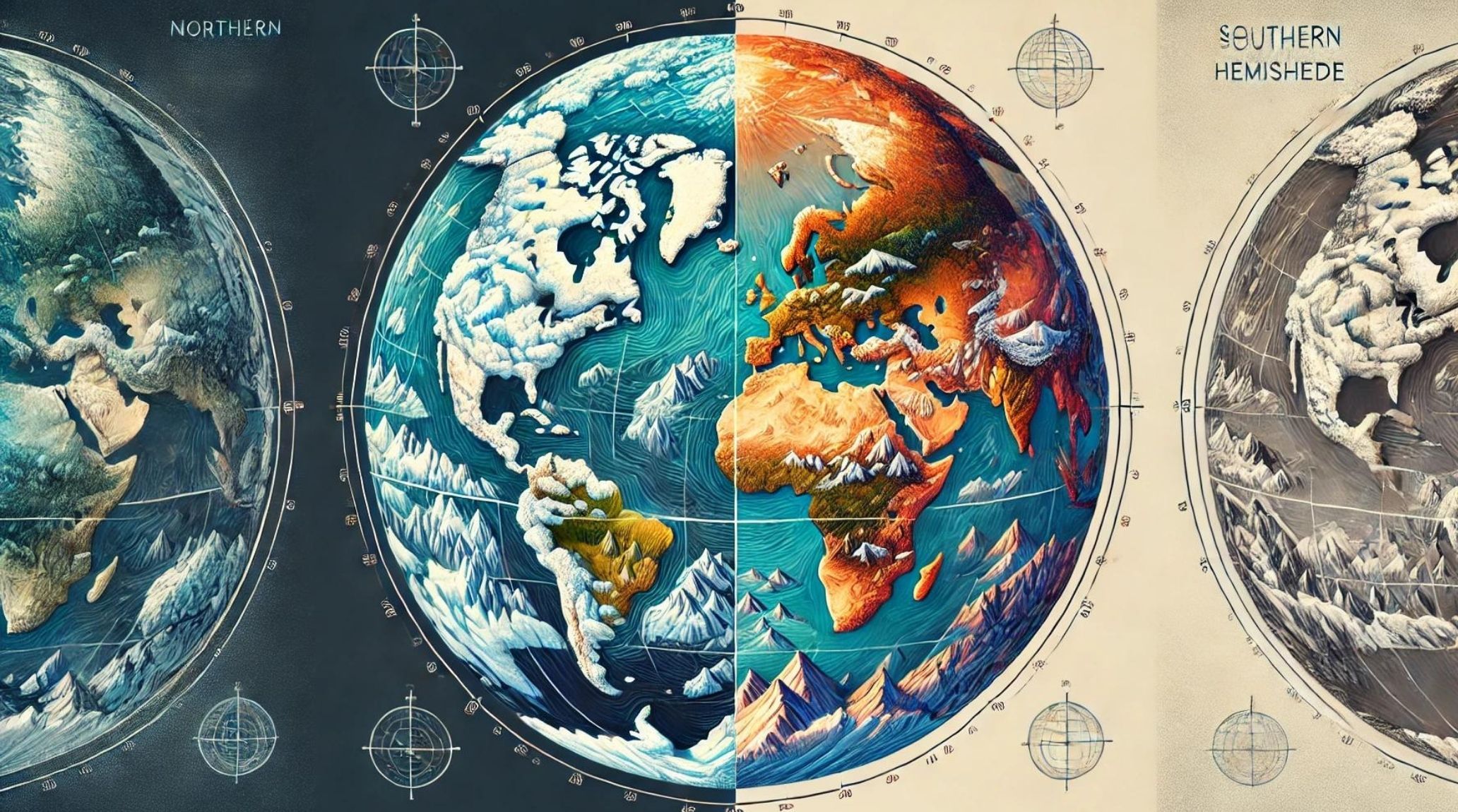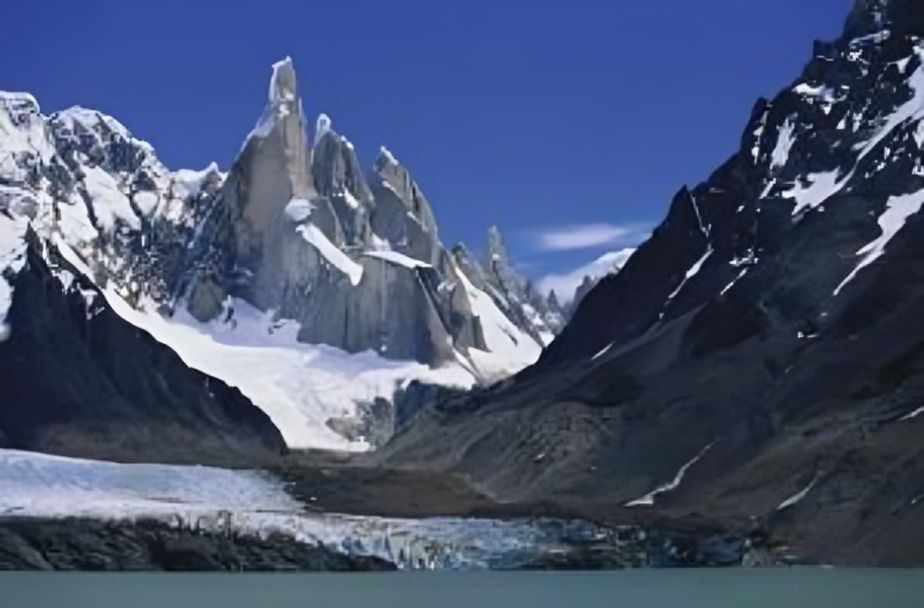
“
The differences between the Northern and Southern Hemispheres offer fascinating insights into our planet's diversity. This blog highlights 20 intriguing facts about Northern vs Southern Hemisphere climate and geological differences. From contrasting weather patterns to unique geological formations, each hemisphere presents distinct features shaped by its location. 1
1
1
1
”
The Northern Hemisphere contains around 68% of Earth's landmass, including large continents like North America, Europe, and Asia, making it more densely populated and geographically diverse than the Southern Hemisphere. 1
The Southern Hemisphere consists of a more oceanic area, with approximately 81% of its surface covered by water. This dominance of oceans leads to more stable and moderate climate patterns than those observed in the Northern Hemisphere. 2
The Northern Hemisphere experiences more extreme seasonal temperature fluctuations due to its higher land-to-water ratio. Land heats and cools faster than water, causing hotter summers and colder winters than the Southern Hemisphere.3
The Southern Hemisphere's vast oceans moderate their temperatures, resulting in milder seasonal changes. Coastal regions, like South America, Australia, and New Zealand, experience relatively stable climates with fewer extreme weather events. 4
During the Northern Hemisphere's winter, the Southern Hemisphere enjoys summer. This difference is due to Earth's axial tilt, which causes opposite seasons in each hemisphere, creating a unique climate experience depending on location. 5
The Arctic Circle in the Northern Hemisphere experiences polar nights, where the sun doesn't rise for months during winter. Conversely, the Southern Hemisphere's Antarctic region undergoes the same phenomenon during winter. 6
The Northern Hemisphere has a higher concentration of cities and urban development, leading to more heat retention in urban areas. This "urban heat island" effect raises temperatures in cities compared to rural regions. 7
In the Southern Hemisphere, fewer people live in large cities, and abundant water bodies keep coastal and island regions cooler. This results in less pronounced urban heat effects and cooler temperatures in populated areas. 8
The Coriolis effect causes winds and ocean currents to deflect to the right in the Northern Hemisphere and the left in the Southern Hemisphere. This results in different weather patterns and oceanic circulation in both hemispheres. 9

The Northern Hemisphere is home to more tropical and subtropical deserts, such as the Sahara and Arabian Deserts, where dry, hot conditions dominate. The Southern Hemisphere has fewer deserts, most located in Australia and South America.
The Southern Hemisphere's vast oceans allow for the formation of powerful storms and cyclones, especially in the Indian Ocean and South Pacific. These storms are more frequent and intense due to the larger, uninterrupted ocean surfaces. 10
The Northern Hemisphere contains more mountain ranges, including the Himalayas, Rockies, and Alps, which influence local climates by creating rain shadows and temperature variations, further contributing to diverse geographical features. 11
The Southern Hemisphere has fewer large mountain ranges. Still, the Andes in South America play a significant role in shaping the climate of western South America, creating arid regions like the Atacama Desert and influencing weather patterns. 12
Seasonal monsoons impact the Northern Hemisphere more, especially in Asia, where the South Asian monsoon brings heavy summer rains. The Southern Hemisphere sees fewer monsoonal rains, primarily affecting northern Australia. 13
The Antarctic region in the Southern Hemisphere is colder than the Arctic in the Northern Hemisphere. Antarctica's higher elevation and land-based ice sheet make it significantly more frigid than the ocean-covered Arctic during winter. 14
The Northern Hemisphere has more tundra and boreal forest ecosystems, particularly in North America, Europe, and Asia. These regions experience cold, harsh winters but serve as crucial habitats for diverse plant and animal species. 15

The Southern Hemisphere is home to unique ecosystems, such as the Patagonia region in South America, where cold desert climates and vast grasslands dominate. The diverse geography of this area supports a wide range of wildlife species.
The Northern Hemisphere's jet streams, bands of fast-moving winds in the upper atmosphere, significantly shape weather patterns across continents, often bringing cold Arctic air southwards or steering storms toward populated areas. 16
Due to Earth's tilt, the Southern Hemisphere receives more solar radiation during the summer than the Northern Hemisphere. This results in slightly warmer average summer temperatures in southern regions than at similar northern latitudes.17
Southern Hemisphere winters are generally milder because the ocean absorbs and retains more heat than land. In contrast, Northern Hemisphere winters can be harsh and prolonged, particularly in continental interiors, far from moderating ocean effects. 18


